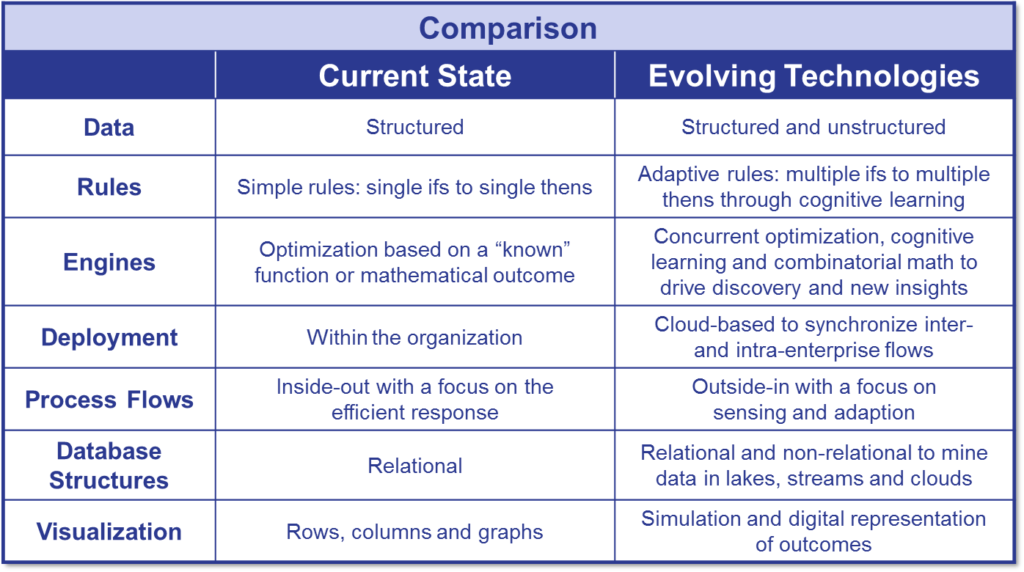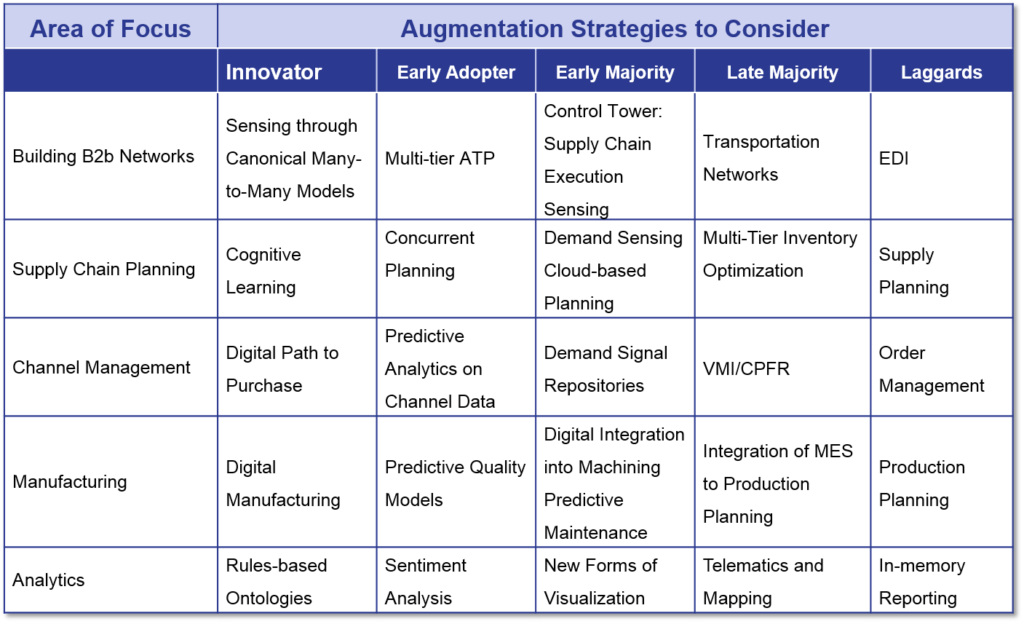i·con·o·clast
īˈkänəˌklast
noun
A person who attacks cherished beliefs or institutions
 Writing–the process of words flowing from the mind to the fingers–is fascinating to experience. I write at least 3,000 words a day for some publication. Sometimes the words flow fast and furiously, and my arthritic fingers struggle to keep pace; while at other times, like last week, the thoughts don’t flow at all. There is a block that I don’t understand. In the times of drought, when words do not flow, the item on my to-do list–write my Shaman blog–does not get fulfilled. This has been the case for the last week. Writing the blog sits on my notebook list day after day and I cannot cross it off. For this, I apologize to my readers. It is tough to force writing when the words don’t want to flow.
Writing–the process of words flowing from the mind to the fingers–is fascinating to experience. I write at least 3,000 words a day for some publication. Sometimes the words flow fast and furiously, and my arthritic fingers struggle to keep pace; while at other times, like last week, the thoughts don’t flow at all. There is a block that I don’t understand. In the times of drought, when words do not flow, the item on my to-do list–write my Shaman blog–does not get fulfilled. This has been the case for the last week. Writing the blog sits on my notebook list day after day and I cannot cross it off. For this, I apologize to my readers. It is tough to force writing when the words don’t want to flow.As a child I never fashioned myself as a writer, and the concept of blogging is still quite new to me. I have been a blogger for six years. At times it is uncomfortable. I am an iconoclast. I did not set out to see the world differently. It just happened. (I often feel like I am the yellow tulip in a sea of sameness like the picture.)
As  a writer you feel quite naked questioning the status quo. Sometimes you receive hate mail. There is tension. The supply chain technology market is quite lucrative for sales and marketing at technology firms; and when I take a hard stance in the market (which the readers tend to love and the technology vendors tend to hate), the vehement reaction from the vendors amazes me. It is uncomfortable. I struggle. My inner child wants to be liked. It is hard to take a tough stance. For example, this was in my email last week, “our experience in working with you is not the best and every time we want to re-engage with you, you write a damaging report about our offering (which in my mind is never based on facts but always based on personal opinion).” In the market, complaints against this vendor’s solution run high by the business buyer, but the solution is well-accepted by the IT buyer. However, this is not the world view of the vendor’s organization.
a writer you feel quite naked questioning the status quo. Sometimes you receive hate mail. There is tension. The supply chain technology market is quite lucrative for sales and marketing at technology firms; and when I take a hard stance in the market (which the readers tend to love and the technology vendors tend to hate), the vehement reaction from the vendors amazes me. It is uncomfortable. I struggle. My inner child wants to be liked. It is hard to take a tough stance. For example, this was in my email last week, “our experience in working with you is not the best and every time we want to re-engage with you, you write a damaging report about our offering (which in my mind is never based on facts but always based on personal opinion).” In the market, complaints against this vendor’s solution run high by the business buyer, but the solution is well-accepted by the IT buyer. However, this is not the world view of the vendor’s organization.
 a writer you feel quite naked questioning the status quo. Sometimes you receive hate mail. There is tension. The supply chain technology market is quite lucrative for sales and marketing at technology firms; and when I take a hard stance in the market (which the readers tend to love and the technology vendors tend to hate), the vehement reaction from the vendors amazes me. It is uncomfortable. I struggle. My inner child wants to be liked. It is hard to take a tough stance. For example, this was in my email last week, “our experience in working with you is not the best and every time we want to re-engage with you, you write a damaging report about our offering (which in my mind is never based on facts but always based on personal opinion).” In the market, complaints against this vendor’s solution run high by the business buyer, but the solution is well-accepted by the IT buyer. However, this is not the world view of the vendor’s organization.
a writer you feel quite naked questioning the status quo. Sometimes you receive hate mail. There is tension. The supply chain technology market is quite lucrative for sales and marketing at technology firms; and when I take a hard stance in the market (which the readers tend to love and the technology vendors tend to hate), the vehement reaction from the vendors amazes me. It is uncomfortable. I struggle. My inner child wants to be liked. It is hard to take a tough stance. For example, this was in my email last week, “our experience in working with you is not the best and every time we want to re-engage with you, you write a damaging report about our offering (which in my mind is never based on facts but always based on personal opinion).” In the market, complaints against this vendor’s solution run high by the business buyer, but the solution is well-accepted by the IT buyer. However, this is not the world view of the vendor’s organization.I strive to make this blog independent. I tell it as I see it; yet, I realize that all people see things differently. My words are never influenced by commercial relationships. I do not write for money; and as a result, in the blog there is no advertising or advocacy for any technology vendor in my writing. When I feel pressure from a vendor to change a stance, I remind myself that I write for the line-of-business buyer. When challenged, I search for facts and I continually push back my uncomfortable emotions to ask myself, “What do I need to say in this blog to help the supply chain leader? I try to stay focused on my purpose of helping the supply chain leader make a difference.” In these cases I must use the vendor feedback as input, and constantly ask myself this question. I am much freer to write things as a I see it now–as the owner of a small company–than I was when I worked as an analyst for a larger company like Gartner or AMR Research.
In the writing I attempt to use myself as an instrument. The writing is a reflection of my collective experiences–speaking, sharing research, doing research projects–with supply chain leaders. It is quite different from consulting. How so? By definition, the work is data driven, and I am able to experience more input as an analyst through a greater variety of experiences than if I was a consultant. (The more that I am in the market listening/experiencing the business pain, the easier the words flow.) In the process I also try to make my writing authentic, and a reflection of my continuous learning. In my evolution as a writer I also continually work on developing a voice, and a distinctive style. I hate buzzwords and love deep learning. I try to have fun. For the words to flow, my collective experiences must reach a tipping point. This is the case today. My coffee pot is on, blueberry muffins are in the oven, and words are flowing freely from my fingers between client calls.
Embrace the Iconoclast in the Data-Driven Organization
Last week on my Shaman’s Circle call I had 14 companies participate in a discussion on the adoption of emerging forms of supply chain analytics. It is a popular topic. Supply chain leaders are swimming in data and they want insights. New solutions are proliferating; yet, companies try the same approaches. Leaders don’t know how to fix the situation.
No company on the call felt that they had a data strategy. One company was testing a non-relational solution. While companies desire real-time systems and new insights, many were just trying to get the planning systems that they had now working better. On the call, no company thought they had cracked the code of delivering on the promise of supply chain analytics.
In this new world of analytics many paradigms shift. New norms emerge. This was the essence of the discussion. Here are seven steps that resonated within the group:
- Rethink Project Definition. While, historically, projects were based on the definition of process “to be states” and the mapping of the “as is” to the “to be” states, in a data-driven analytics world the implementation starts with the data. The data patterns drive the process definition. The projects are small and implemented by the line-of-business teams and the progress is ongoing. There is an unknown ROI. This flies in the face of the large IT implementation that has a well-defined outcome. In analytics projects, the savings and value proposition evolves over time. It is a test-and-learn environment.
- Embrace New Data Types. New concepts shatter many other norms. The supply chain organization is hardwired to think about structured data, linear optimization and generating reports. The use of unstructured data–images, text, social, weather–is new and the path forward to use unstructured data is not clear.
- Fall in Love with Black Boxes. Similarly, the world of prescriptive and cognitive analytics is new. Linear programming and the use of traditional optimization techniques is comfortable. There is a general mistrust of “black boxes”and teams feel better when they “touch data.”
- Blow Up Excel Ghettos. Despite spending 1.7% of revenue on enterprise technology, Excel spreadsheets abound. The supply chain is often run by groups in spreadsheet ghettos. In the words of a participant on the call last week, “We have implemented SAP APO, but are stuck in intermediate Excel. How do I move past my current state?”
- Stabilize ERP Investments. New forms of supply chain analytics are largely cloud-based and are not dependent on ERP architectures. Think beyond traditional transactional approaches and embrace new forms of analytics. To get there–resources and money–you will need to stabilize ERP.
- Look and Build Beyond the Firewall. An outside-in process requires the use of channel and supplier data. This data sharing typically requires a one-to-many or a many-to-many data model found in the emerging value-network technologies like GT Nexus, Elemica, E2open, Exostar, GHX, SAP/Ariba, and SupplyOn. The problem is that these supply chain network operating models do not interoperate and there is no integration/synchronization with the networks of the 3PLs like CH Robinson or BDP International.
- Make Master Data Extinct. The traditional organization paralyzed by master data issues struggles. I find it ironic that the manufacturer and distributor companies struggle with master data issues; yet, the companies with the largest databases are the most data-driven companies (the e-commerce pure plays have no master data issues. It stems from a different data strategy using Hadoop and cognitive learning versus tight integration and moving data.) In the words of one of the manufacturing participants on the call last week, “How can we break with tradition and consider new forms of analytics when it is not an industry norm yet for our industry?”
Table 1. Summary of Current and Evolving States of Supply Chain Analytics
This is not an evolution. Through the use of new technologies we have a new way of approaching the problem.
Historically, companies have made a mistake of implementing supply chain analytics/planning technology as a technology project versus implementing technology to improve core capabilities. The two approaches are radically different. For example, I am currently working with a large organization implementing Kinaxis. Installed as a technology project two years ago, the technology works, but the project is a failure. Why? The organization did not build a planning organization to use the technology. Planning tools are no use unless you define how you will use the output to make better decisions. This evolution is especially hard in an organization that has been largely reactive and focused on manufacturing. The same is true with analytics. Focus on driving business outcomes. There have never been more exciting alternatives.
Move at the pace of your business and embrace your company’s ability to test and learn with new technology. In Table 2 I share a road map to think about as your supply chain group thinks about analytics. It is a continuum of technologies based on the rate of adoption that a company is comfortable with.
Table 2. Adoption and Evolution
So, as you start to implement new forms of analytics, embrace the iconoclast in the group and form a scrappy team. Have the courage to attack building a data-driven organization through new thinking enabled by new technology. I hope this helps to get you started. Let me know your questions.
We will be covering these topics at the Supply Chain Insights Global Summit. We hope to see you there!
About Lora:
 Lora Cecere is the Founder of Supply Chain Insights. She is trying to redefine the industry analyst model to make it friendlier and more useful for supply chain leaders. Lora has written the books Supply Chain Metrics That Matter and Bricks Matter, and is currently working on her third book, Leadership Matters. She also actively blogs on her Supply Chain Insights website, at the Supply Chain Shaman blog, and for Forbes. When not writing or running her company, Lora is training for a triathlon, taking classes for her DBA degree in research, knitting and quilting for her new granddaughter, and doing tendu (s) and Dégagé (s) to dome her feet for pointe work at the ballet barre. Lora thinks that we are never too old to learn or to push for supply chain excellence.
Lora Cecere is the Founder of Supply Chain Insights. She is trying to redefine the industry analyst model to make it friendlier and more useful for supply chain leaders. Lora has written the books Supply Chain Metrics That Matter and Bricks Matter, and is currently working on her third book, Leadership Matters. She also actively blogs on her Supply Chain Insights website, at the Supply Chain Shaman blog, and for Forbes. When not writing or running her company, Lora is training for a triathlon, taking classes for her DBA degree in research, knitting and quilting for her new granddaughter, and doing tendu (s) and Dégagé (s) to dome her feet for pointe work at the ballet barre. Lora thinks that we are never too old to learn or to push for supply chain excellence.
About Lora:
 Lora Cecere is the Founder of Supply Chain Insights. She is trying to redefine the industry analyst model to make it friendlier and more useful for supply chain leaders. Lora has written the books Supply Chain Metrics That Matter and Bricks Matter, and is currently working on her third book, Leadership Matters. She also actively blogs on her Supply Chain Insights website, at the Supply Chain Shaman blog, and for Forbes. When not writing or running her company, Lora is training for a triathlon, taking classes for her DBA degree in research, knitting and quilting for her new granddaughter, and doing tendu (s) and Dégagé (s) to dome her feet for pointe work at the ballet barre. Lora thinks that we are never too old to learn or to push for supply chain excellence.
Lora Cecere is the Founder of Supply Chain Insights. She is trying to redefine the industry analyst model to make it friendlier and more useful for supply chain leaders. Lora has written the books Supply Chain Metrics That Matter and Bricks Matter, and is currently working on her third book, Leadership Matters. She also actively blogs on her Supply Chain Insights website, at the Supply Chain Shaman blog, and for Forbes. When not writing or running her company, Lora is training for a triathlon, taking classes for her DBA degree in research, knitting and quilting for her new granddaughter, and doing tendu (s) and Dégagé (s) to dome her feet for pointe work at the ballet barre. Lora thinks that we are never too old to learn or to push for supply chain excellence.









